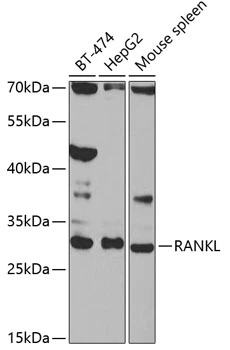
WB analysis of various sample lysates using GTX32834 RANKL antibody. Dilution : 1:1000 Loading : 25microg per lane
RANKL antibody
GTX32834
ApplicationsImmunoFluorescence, Western Blot, ImmunoCytoChemistry, ImmunoHistoChemistry, ImmunoHistoChemistry Paraffin
Product group Antibodies
TargetTNFSF11
Overview
- SupplierGeneTex
- Product NameRANKL antibody
- Delivery Days Customer9
- Application Supplier NoteWB: 1:500 - 1:2000. ICC/IF: 1:50 - 1:200. IHC-P: 1:50 - 1:200. *Optimal dilutions/concentrations should be determined by the researcher.Not tested in other applications.
- ApplicationsImmunoFluorescence, Western Blot, ImmunoCytoChemistry, ImmunoHistoChemistry, ImmunoHistoChemistry Paraffin
- CertificationResearch Use Only
- ClonalityPolyclonal
- ConjugateUnconjugated
- Gene ID8600
- Target nameTNFSF11
- Target descriptionTNF superfamily member 11
- Target synonymsCD254, ODF, OPGL, OPTB2, RANKL, TNLG6B, TRANCE, hRANKL2, sOdf, tumor necrosis factor ligand superfamily member 11, TNF-related activation-induced cytokine, osteoclast differentiation factor, osteoprotegerin ligand, receptor activator of nuclear factor kappa B ligand, tumor necrosis factor (ligand) superfamily, member 11, tumor necrosis factor ligand 6B, tumor necrosis factor superfamily member 11
- HostRabbit
- IsotypeIgG
- Protein IDO14788
- Protein NameTumor necrosis factor ligand superfamily member 11
- Scientific DescriptionThis gene encodes a member of the tumor necrosis factor (TNF) cytokine family which is a ligand for osteoprotegerin and functions as a key factor for osteoclast differentiation and activation. This protein was shown to be a dentritic cell survival factor and is involved in the regulation of T cell-dependent immune response. T cell activation was reported to induce expression of this gene and lead to an increase of osteoclastogenesis and bone loss. This protein was shown to activate antiapoptotic kinase AKT/PKB through a signaling complex involving SRC kinase and tumor necrosis factor receptor-associated factor (TRAF) 6, which indicated this protein may have a role in the regulation of cell apoptosis. Targeted disruption of the related gene in mice led to severe osteopetrosis and a lack of osteoclasts. The deficient mice exhibited defects in early differentiation of T and B lymphocytes, and failed to form lobulo-alveolar mammary structures during pregnancy. Two alternatively spliced transcript variants have been found. [provided by RefSeq, Jul 2008]
- Storage Instruction-20°C or -80°C,2°C to 8°C
- UNSPSC12352203
References
- Biomodulation of Induced Tooth Movement by Three Methods, Corticopuncture, Photobiomodulation, and Their Combination: An Animal Study.Read more
- Probiotic Propionibacterium freudenreichii MJ2 Enhances Osteoblast Differentiation and Mineralization by Increasing the OPG/RANKL Ratio. Yeom J et al., 2021 Mar 24, MicroorganismsRead more
- Effect of M3 muscarinic acetylcholine receptor deficiency on collagen antibody-induced arthritis. Beckmann J et al., 2016 Jan 19, Arthritis Res TherRead more
- Extracellular Membrane Vesicles Derived from 143B Osteosarcoma Cells Contain Pro-Osteoclastogenic Cargo: A Novel Communication Mechanism in Osteosarcoma Bone Microenvironment. Garimella R et al., 2014 Jun, Transl OncolRead more

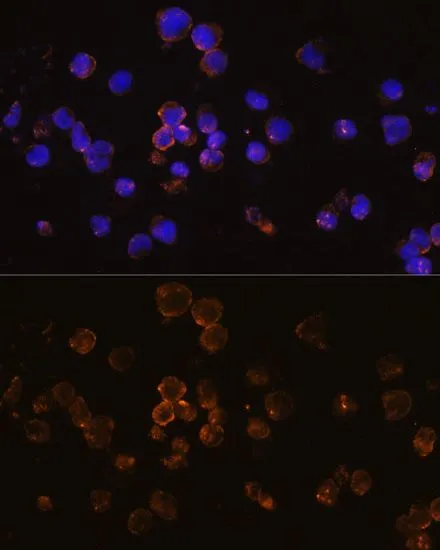
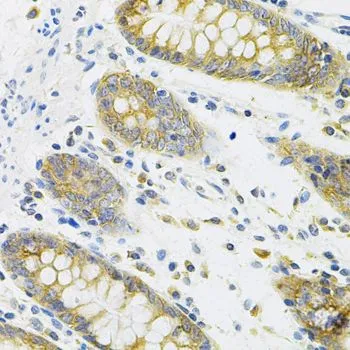
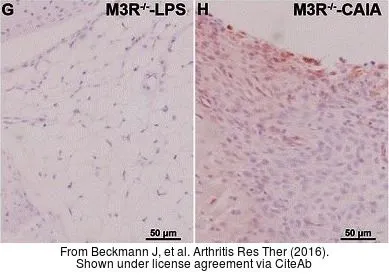

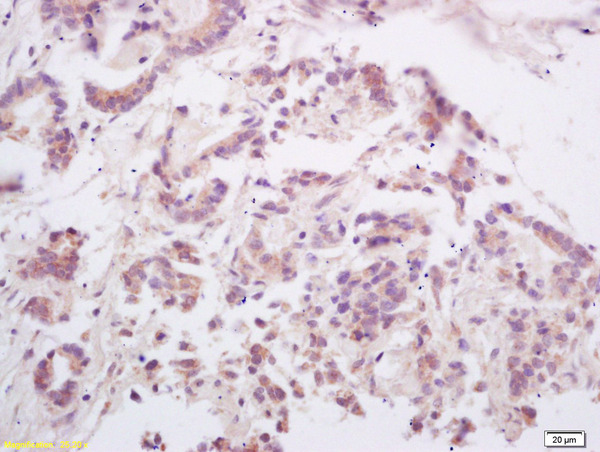

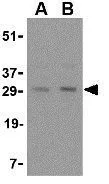

![IHC-P analysis of human tonsil tissue using GTX12125 sRANKL antibody [12A380]. Dilution : 1:50 Antigen retrieval : Heat induced antigen retrieval (HIER) using 10mM sodium citrate buffer (pH 6.0)](https://www.genetex.com/upload/website/prouct_img/normal/GTX12125/GTX12125_387_IHC-P_w_23060519_700.webp)
